Frederica Freyberg:
Three Wisconsin prisons have such a shortage of correctional officers, they are on some form of lockdown or as the agency prefers, modified movement. For example, at the maximum-security Waupun prison, the vacancy rate for guards sits at 53%. At the Green Bay prison, it’s a 41% vacancy rate, and at Stanley, it’s nearly 44%. Ads looking to attract people to become corrections officers have been hitting airwaves and on-line recently. The Department of Corrections expects to be able to recruit and retain more officers with the newly approved pay bump from $20 an hour to $33, a raise that went into effect this week. The Wisconsin Policy Forum just released a report titled “Prison Blues,” which explored prison spending in the state. Research Director Jason Stein joins us on this. Thanks a lot for being here.
Jason Stein:
My pleasure. Thank you.
Frederica Freyberg:
So the Department of Corrections describes a dire staffing shortage in its prisons as evidenced by the lockdown of inmates, max security Waupun as we just mentioned with that 53% vacancy rate. How should this pay bump ameliorate this problem?
Jason Stein:
It’s going to help obviously across the labor market. We’ve seen employer challenges, turnover rates rising, and that’s across state government but in our state institutions, our 24/7 institutions, that’s where it’s been most acute. I think the challenges in 2022, there were more than 2,000 vacancies within the prison system. So when you think about — and you can’t simply bring someone in off the street, put them in a place like Waupun and have them walk the line. You have to train these people. So they’re going to turn the ship in the water, but it’s a big ship and a long turn.
Frederica Freyberg:
How long coming has this pay raise been?
Jason Stein:
You know, it took us years to get in this position of across state government and particularly within the prison system having these vacancies, and this gap between what the state was willing to pay and what people were willing to do, because coming to work every day in a prison is, news flash, a very difficult job, and so it’s going to take time to get out of this hole.
Frederica Freyberg:
Adding to that problem, the state’s 37 prisons are over capacity with those incarcerated, and this has long been the case. And we incarcerate more people than neighboring states. Why this mismatch with our neighbors?
Jason Stein:
You know, going back to the ’90s, Wisconsin built a large prison system and despite the fact that it’s a large system, it’s been over capacity, even when we dipped in population during the pandemic, we remained over capacity. It comes down to we incarcerate at higher rates than our neighbors, higher rates than national average, and that leads to per capita spending on corrections being higher in Wisconsin than in our neighboring states. This is, again, something that you cannot change overnight, but there are things that the state can do and the state has the resources now to try and bend this curve over the next generation.
Frederica Freyberg:
And how do you bend the curve in that way?
Jason Stein:
You know, one, the biggest contributor to incarceration in the state has been revocations. So it’s not people that are committing a crime for the first time. It may be a crime, but there are people who have been released on extended supervision into the community and something, whether it’s substance abuse, whether it’s a mental health challenge, whether it’s new criminal activity is landing them back in the system. And so the state has been testing methods and has actually lowered that revocation rate. And so that will make a difference going forward, but then we also have to ensure that public safety is maintained while those revocation rates are lowered as well.
Frederica Freyberg:
Right, and I can imagine that’s the kind of effort that takes a while to bring those numbers down.
Jason Stein:
Correct. I mean, you know, substance abuse, mental health challenges, these are very difficult problems to deal with for anyone in the population, and, you know, one area where the state — one bright spot is the state does have, within its large state surplus, the ability to invest in targeted, you know, to experiment and invest in targeted methods to try and deal with these problems.
Frederica Freyberg:
So Wisconsin is spending $2.76 billion on corrections in the current state budget. Again, more per inmate than surrounding states, and is it a function of just having more inmates and more prisons that we’re spending more than our surrounding states?
Jason Stein:
It’s largely a function of that. The thing that people need to understand is state prisons are not something that the federal government is going to give you money for. It’s not something any other state is going to give you money for. You’re going to have to pay for that as a state with your own tax dollars, so finding ways to ensure public safety but also minimize correction spending over time is going to — the saving is almost entirely going to go to taxpayers if you can thread that needle.
Frederica Freyberg:
Hopefully people will start threading that needle. Jason Stein, thanks very much.
Jason Stein:
Thank you.
Search Episodes

Donate to sign up. Activate and sign in to Passport. It's that easy to help PBS Wisconsin serve your community through media that educates, inspires, and entertains.
Make your membership gift today
Only for new users: Activate Passport using your code or email address
Already a member?
Look up my account
Need some help? Go to FAQ or visit PBS Passport Help
Need help accessing PBS Wisconsin anywhere?

Online Access | Platform & Device Access | Cable or Satellite Access | Over-The-Air Access
Visit Access Guide
Need help accessing PBS Wisconsin anywhere?

Visit Our
Live TV Access Guide
Online AccessPlatform & Device Access
Cable or Satellite Access
Over-The-Air Access
Visit Access Guide
 Passport
Passport


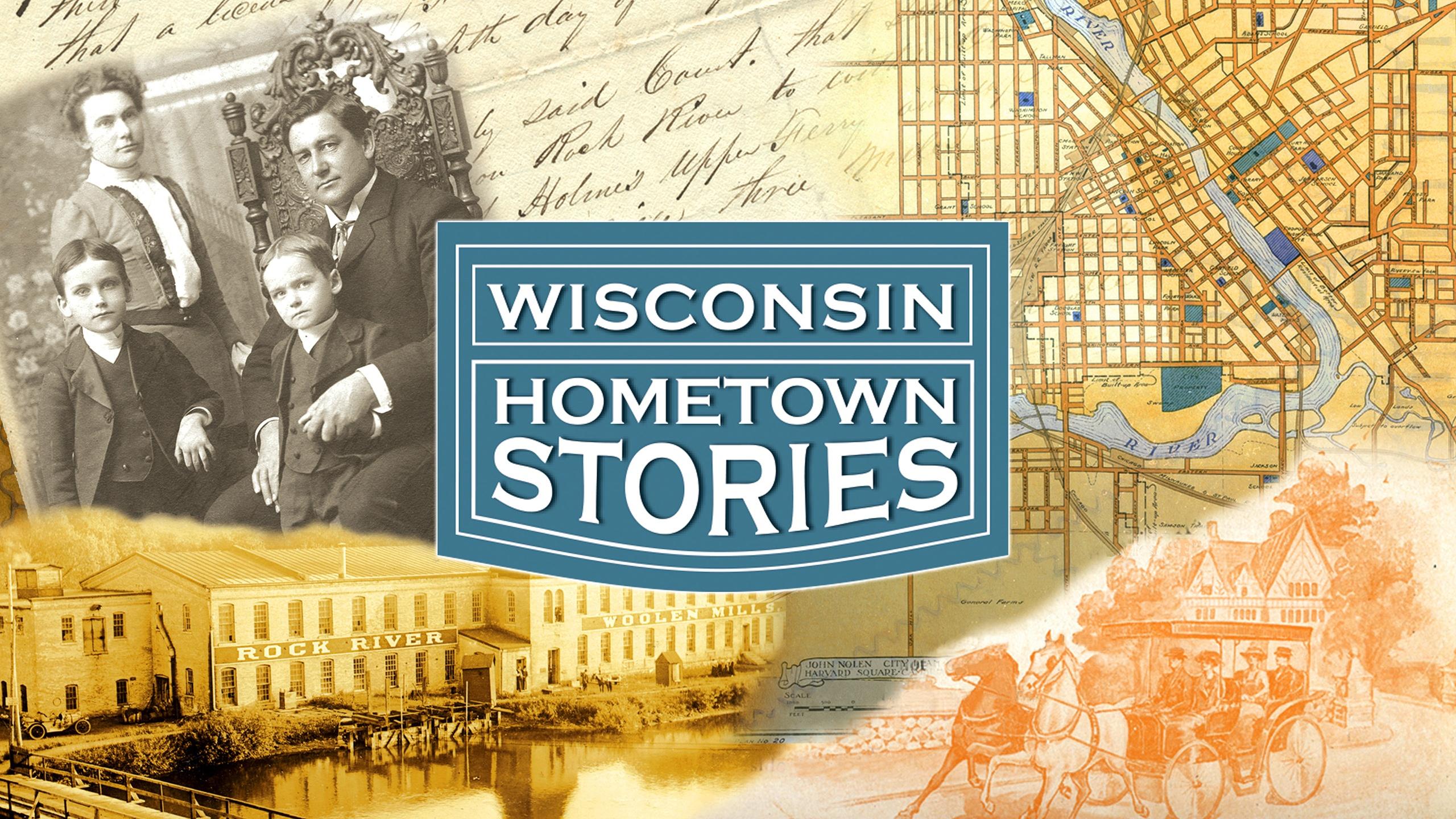


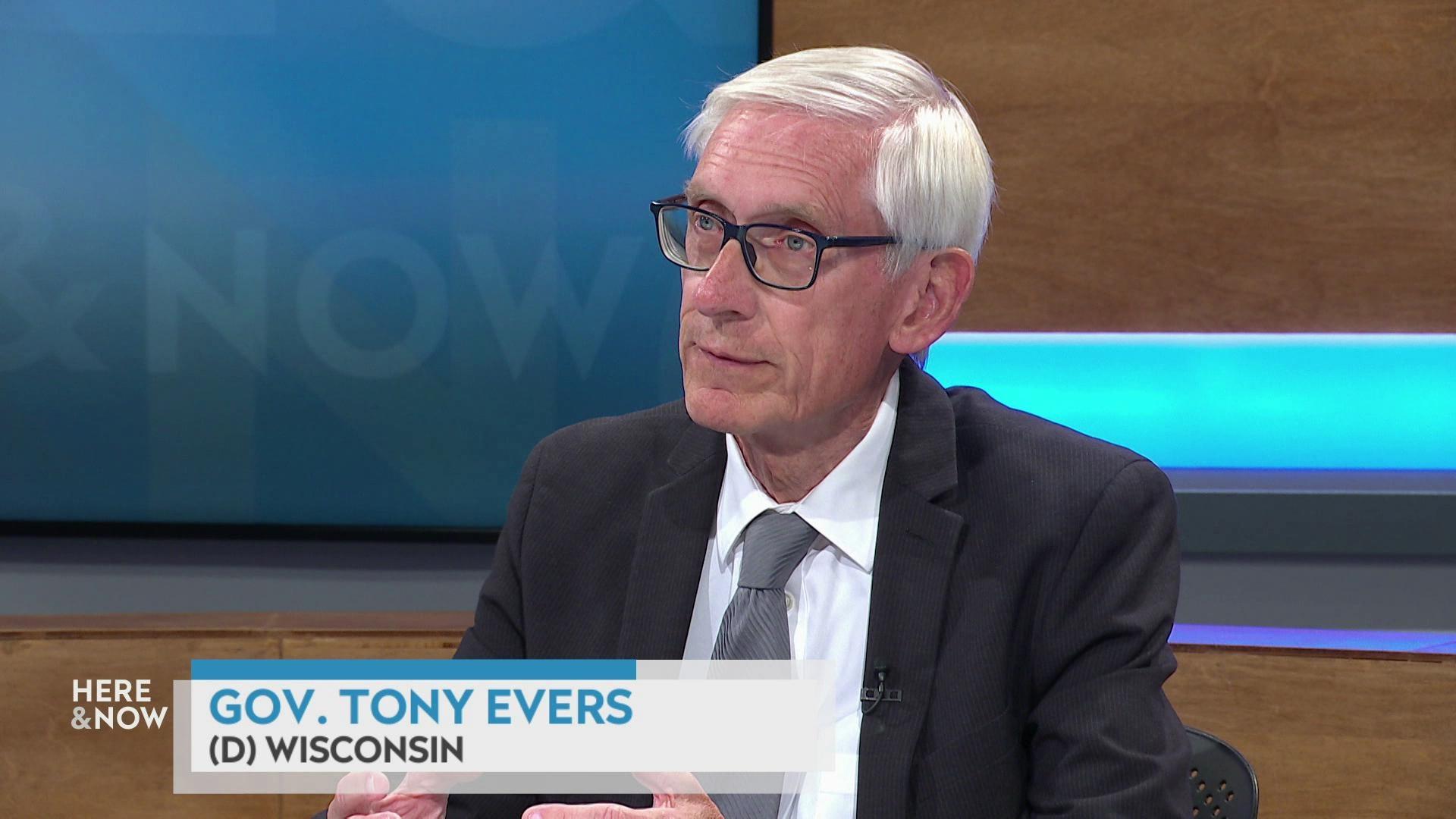
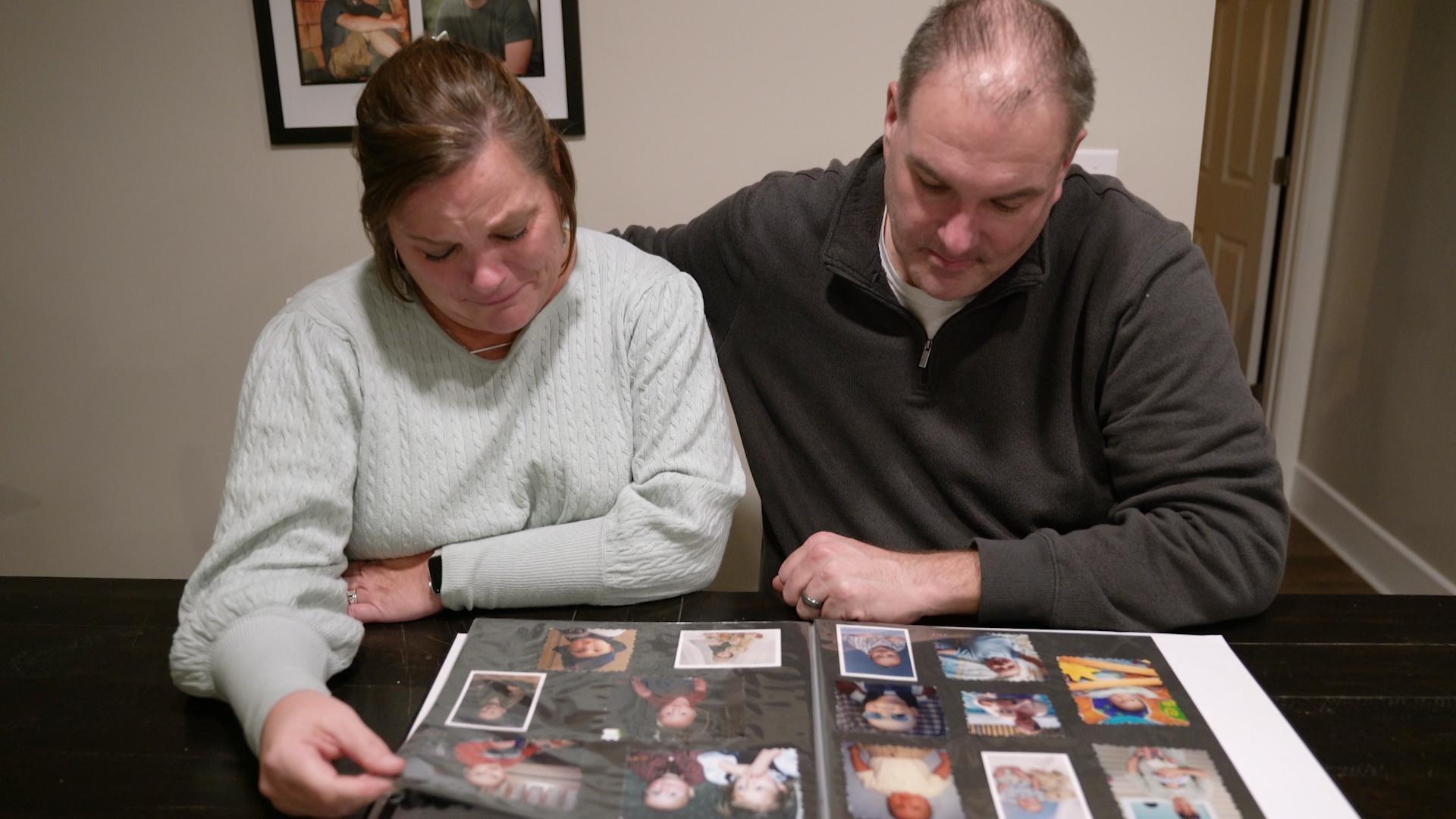
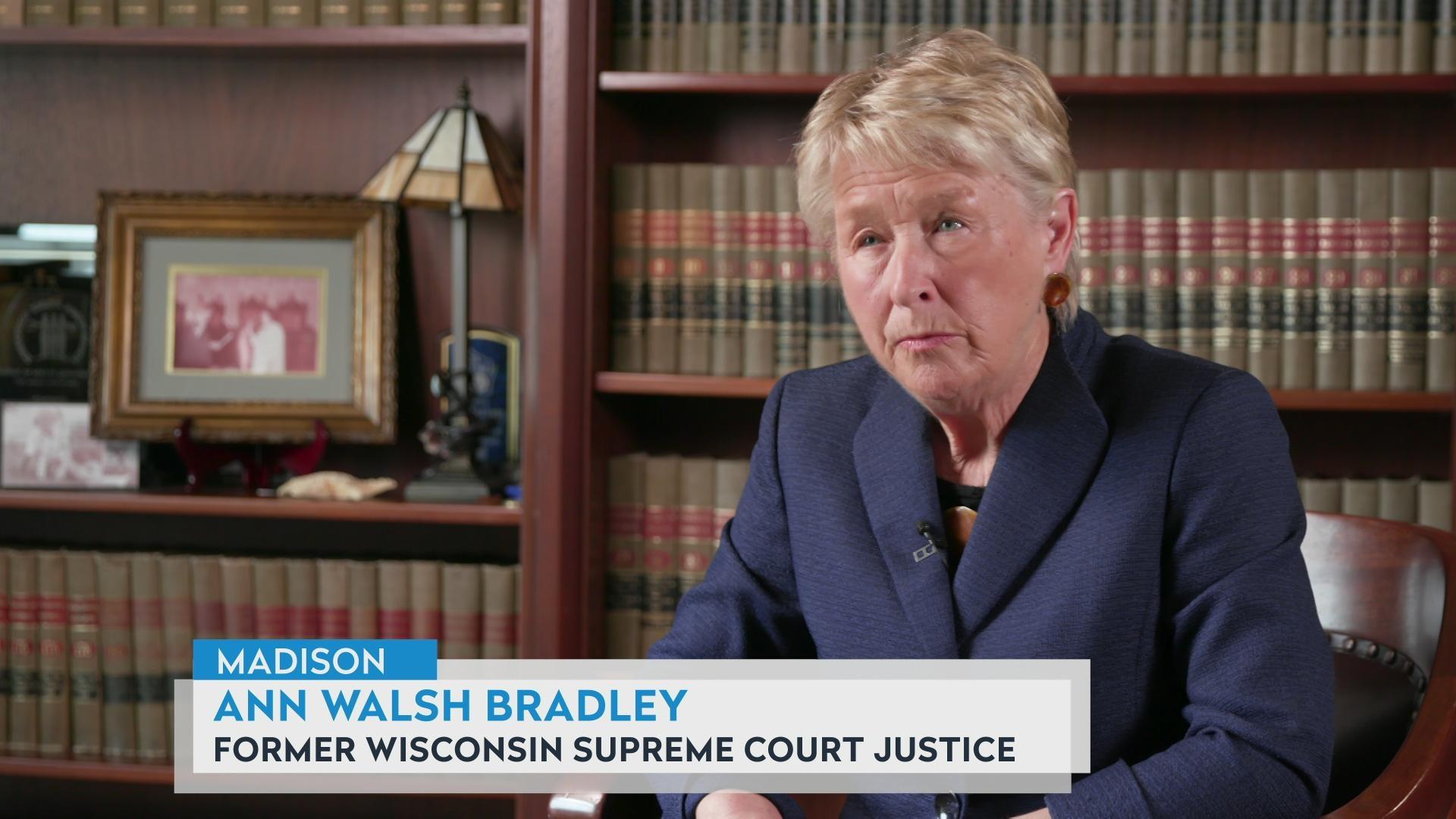
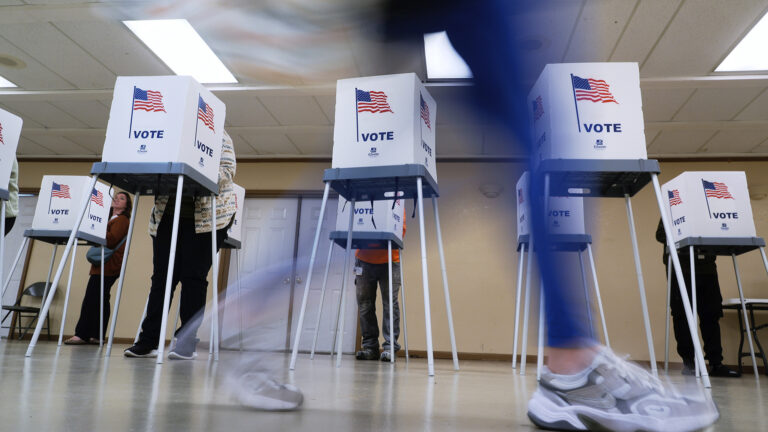
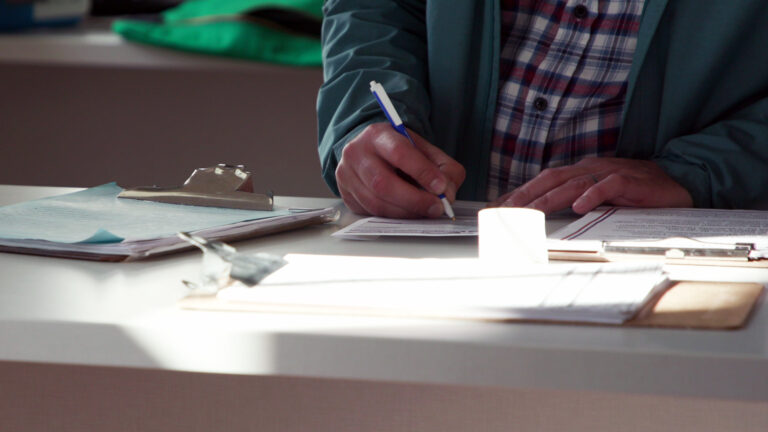
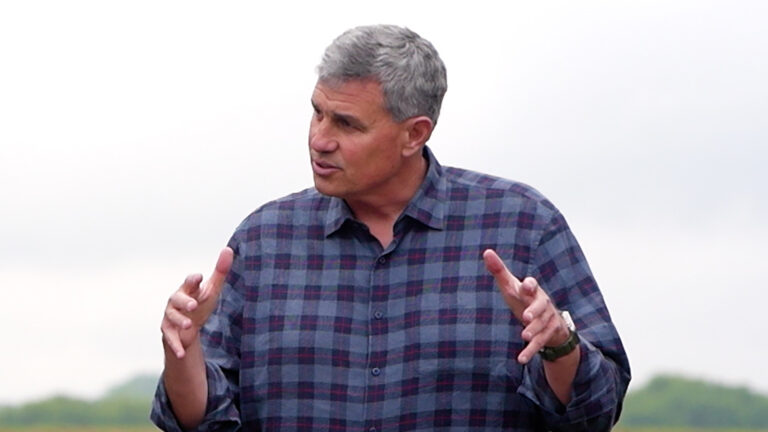
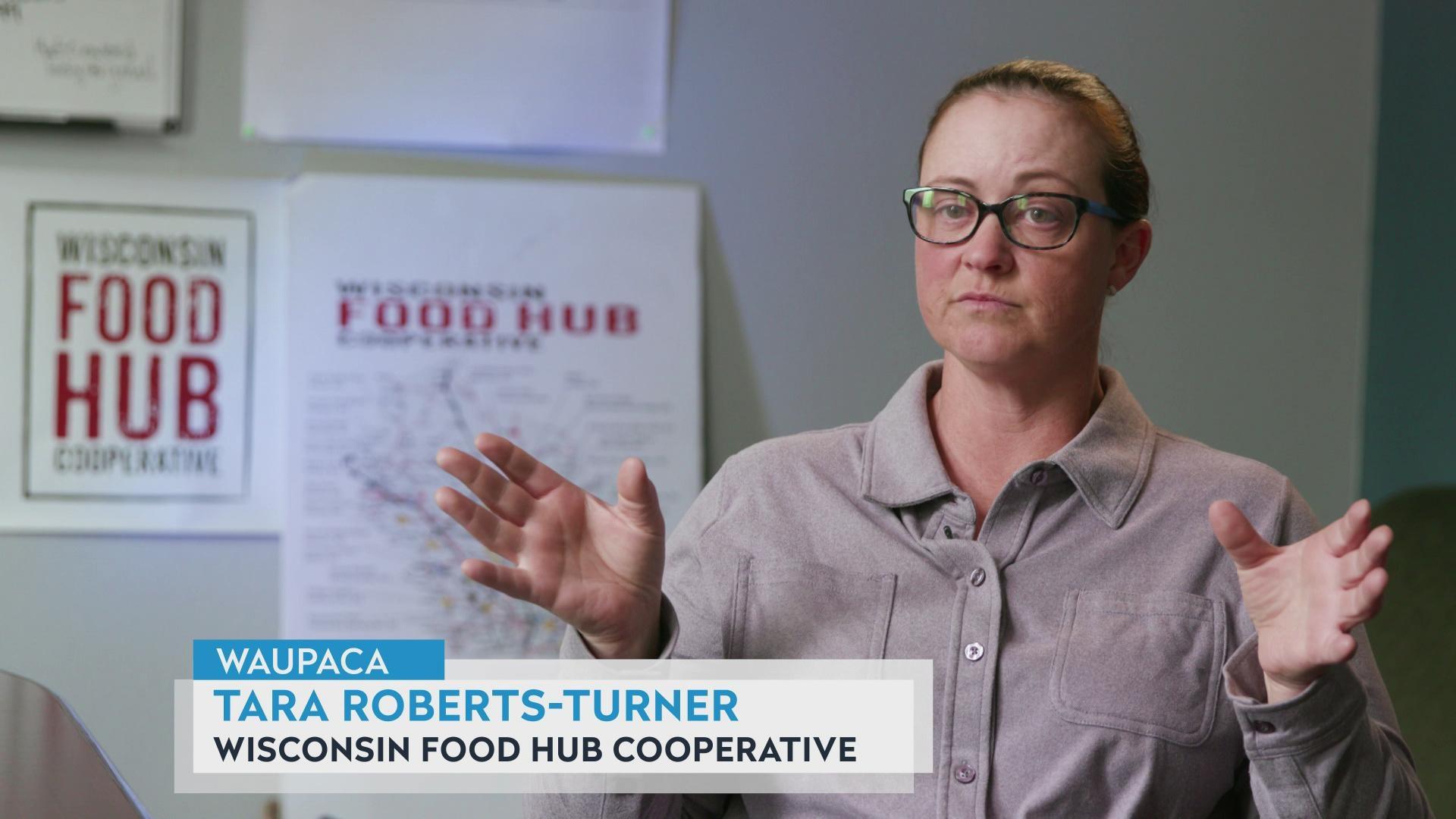
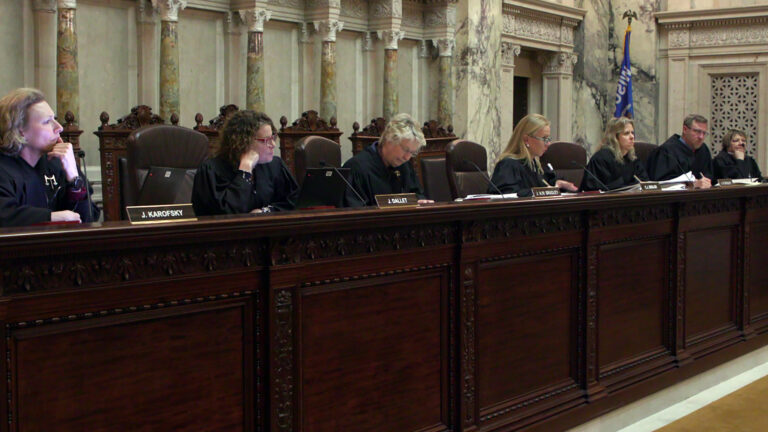
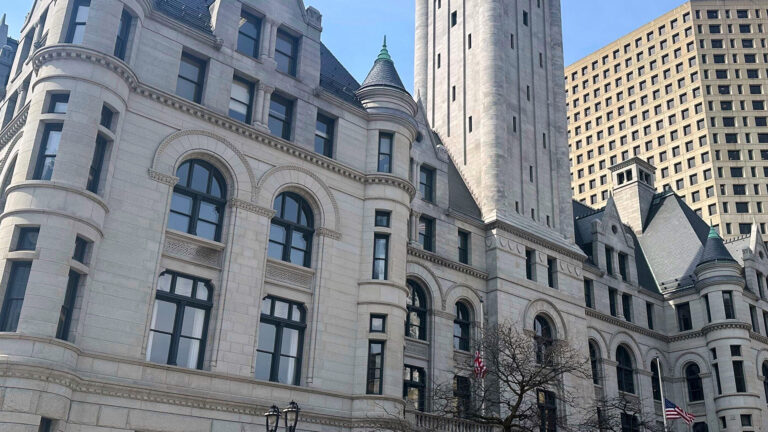
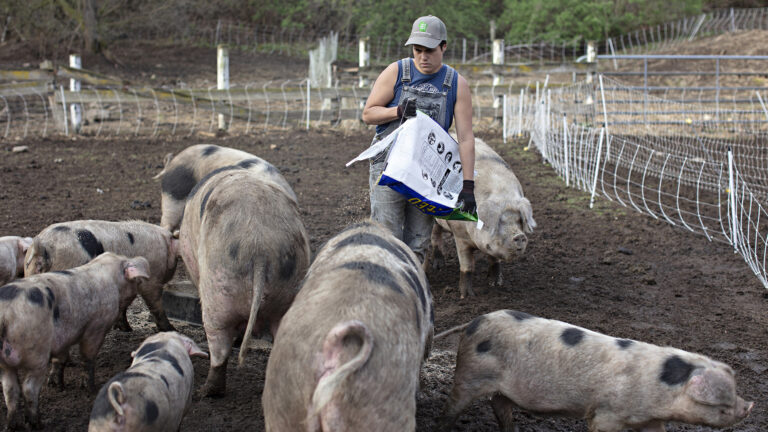
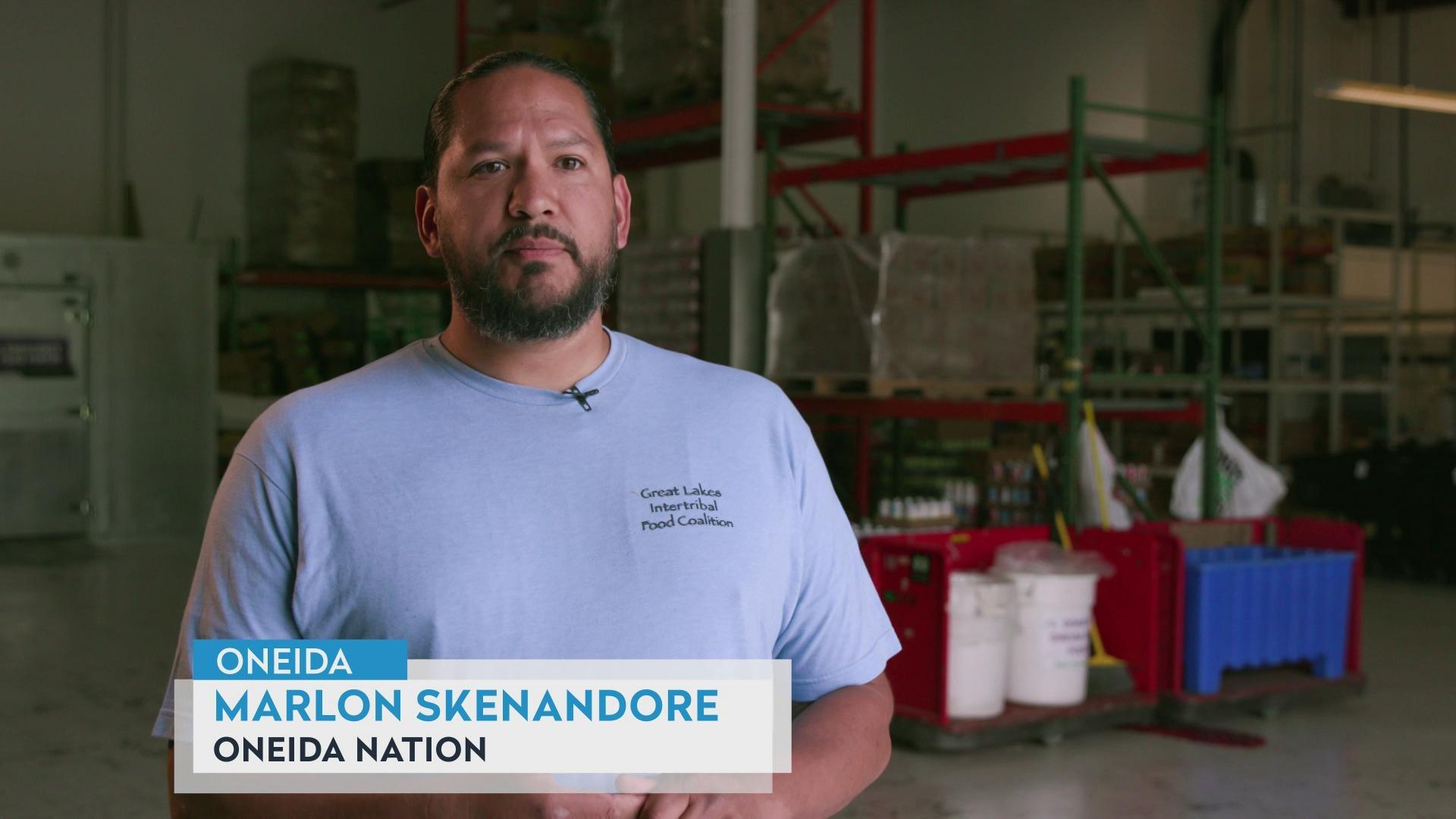
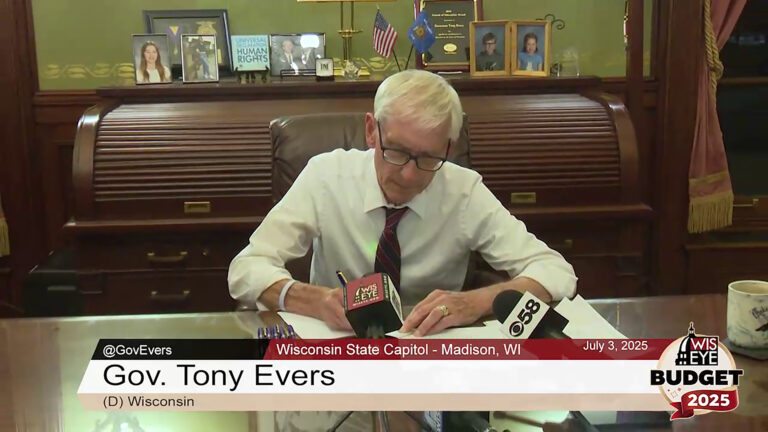

Follow Us